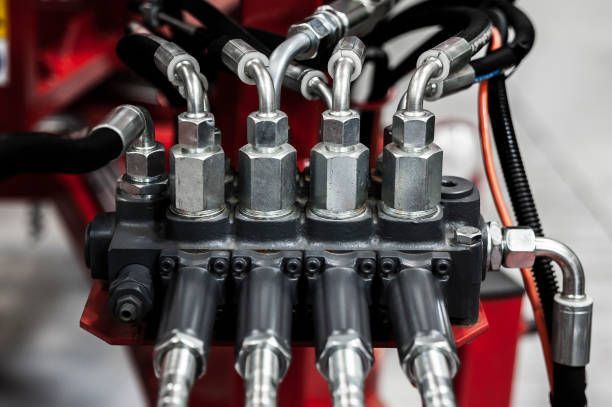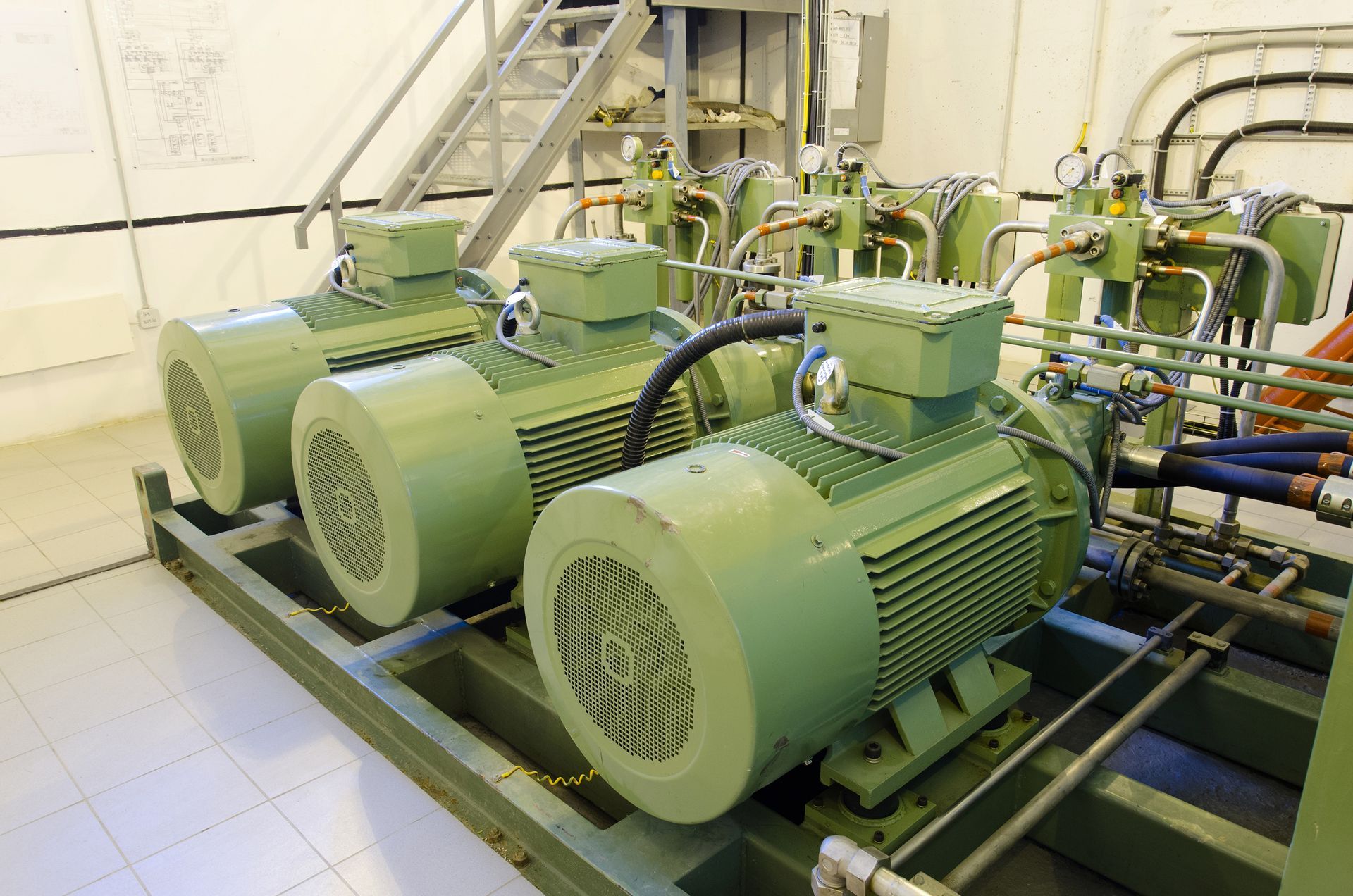A Guide to Hydraulic Fluid Types, Properties, and Uses
Hydraulic systems provide power and control to numerous mechanical and industrial processes with astonishing efficiency. At the heart of these systems lies hydraulic fluid, a critical component that enables the transmission of force and motion. Understanding the different types, properties, and uses of hydraulic fluids can help ensure optimal performance, reliability, and longevity of hydraulic systems. Let's look at hydraulic fluid types, properties, and uses.
Petroleum-Based Hydraulic Fluid
Petroleum-based (mineral-based) hydraulic oils are one form of hydraulic fluid produced from crude oil and refined petroleum. The lubricity, demulsibility, viscosity index, durability against oxidation, and rust resistance of lubricants derived from petroleum are all superior. With the correct additives, petroleum-based fluids also work well with numerous seal materials.
Many hydraulic pump operators prefer petroleum-based fluids because they are inexpensive. With regular upkeep, they can function admirably in a wide range of hydraulic systems, as long as their working temperature is below 50 °C.
One major drawback is that these fluids can catch fire. Thus, they are commonly used for industrial and mobile machines with minimal danger of flames. Because of their wide availability, these fluids are the most popular hydraulic fluids. With high-quality additives, they can even act as an alternative to synthetic fluids.
Synthetic Fluids
Synthetic hydraulic fluid constitutes an artificial chemical substance that excels at lubrication, stability, and efficiency in extreme conditions. Synthetic fluids can operate with minimal issues in high and low temperatures and high pressure. The necessary properties of these fluids occur by assembling a specific sequence of molecules in a liquid base oil.
Synthetic hydraulic fluids have a substantial viscosity index. They retain their viscosity better than conventional fluids across a broad temperature range. The fluid's functionality is more stable because of the increased viscosity. Thus, the high viscosity negates any potential damage from fluctuations in temperature.
Compared to conventional fluids, synthetic fluids have far higher oxidation resistance, which makes them more resistant to breakdown from high temperatures. They are less prone to fail under high pressure because of the higher shear stability.
Despite the many upsides, numerous hydraulic pump operators may be put off from using synthetic fluid in their hydraulic systems due to its cost. The initial investment required to move to a synthetic system is high because of the high cost of these fluids.
Also, numerous synthetic fluids are hazardous and could harm anyone who comes into contact with them. These fluids' chemicals may also be incompatible with certain seal materials, necessitating the usage of more costly seal and gasket components.
Water-Based Fluids
Water-oil emulsion and water glycols are the two most prevalent water-based hydraulic fluids. The cheapest option is a water-oil emulsion, which consists of water and oil. Water glycols comprise water, glycol, and additives like viscosity improvers and rust regulators.
Water-based fluids are commonly applied in hydraulic equipment in the aerospace and manufacturing sectors. These fluids are less susceptible to fire since they consist of a mixture of water and oil.
Water-based hydraulic oils have numerous benefits. These fluids may be utilized with the same equipment as those that run on petroleum-based lubricants due to their fire resistance.
However, water-based hydraulic fluids have a few drawbacks. To avoid evaporation and oxidation, the working temperature of these fluids must remain below 50°C (122°F). In the case of water-oil emulsions, they are also susceptible to phase separation. In addition, pump operators must consistently monitor the oil-water ratio to account for water loss caused by evaporation.
If your hydraulic system develops any issues from hydraulic fluid contamination and leaks, you will need a system restoration company to help you get your machine back up and running. Contact us at Quad Fluid Dynamics Inc for hydraulic pump rebuilding and customization.


